Jesus Christ Superstar
A Rock Opera Before it was a theatre act, Broadway play, or motion picture, Jesus Christ Superstar was simply a 1970 rock album produced by composer Andrew Lloyd Webber and lyricist by Tim […]
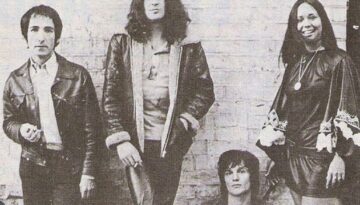
A Rock Opera Before it was a theatre act, Broadway play, or motion picture, Jesus Christ Superstar was simply a 1970 rock album produced by composer Andrew Lloyd Webber and lyricist by Tim […]
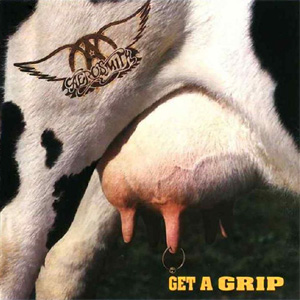
Buy Get a Grip Aerosmith made an amazing comeback in the late 1980s, as the band which was essentially dead at the beginning of that decade sprang back with a second act unlike […]
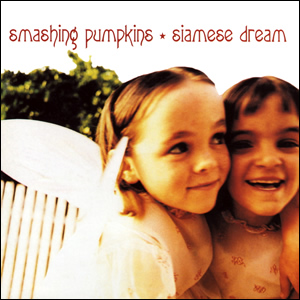
Buy Siamese Dream Building on the surprise success of their debut album Gish, the Smashing Pumpkins matured their blend of dream pop, heavy metal, and progressive rock on Siamese Dream, a blockbuster album […]
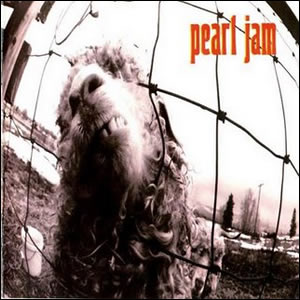
Buy Vs. Pearl Jam tried to strike a balance between embracing their phenomenal success brought on by their debut Ten (our 1991 Album of the Year) and trying to maintain their rigorous standards […]
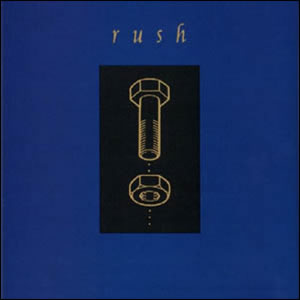
While there is a definite break from the pop-leaning, synth-fused sound that had defined the Rush sound since the mid-1980s, their evolution back towards rock was not quite complete on Counterparts. Some have […]
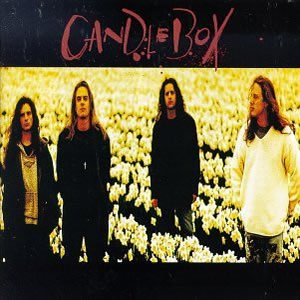
Candlebox was one of the last riders of the huge Seattle grunge wave of the early 1990s. Consequently, they were at the vanguard of the post-grunge wave, where this newly labeled “alternative” music […]

Buy Dark Side of the Moon Perhaps the most complete concept album of all time, The Dark Side of the Moon was the ultimate redemption for Pink Floyd. Culminating years of progressive and […]